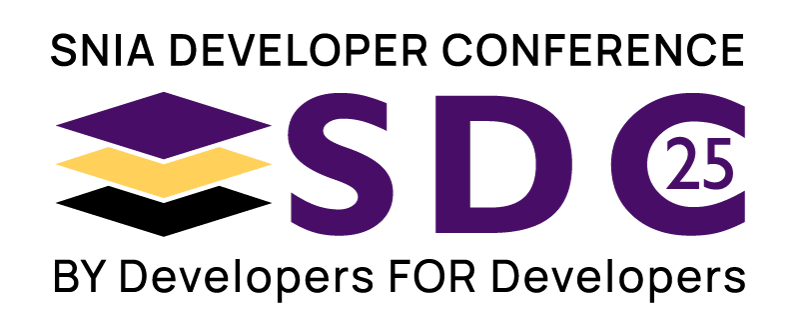
Unleashing the Performance of Multi-Actuator Drives

Abstract
Applications desire for higher IOPS & bandwidth is driving innovations at the hardware level. This requires software stack awareness to harness the benefits. Multi-actuator drives represent the next big innovation in performance.
Dual actuator drives are being deployed today in large numbers for specific storage applications with Seagate MACH.2 SAS drives. This meets a growing need for large disk sizes that can meet both TCO and IOPS goals . As aerial densities and drive sizes increase, multi-actuator drives are migrating from early adopter deployments to the mainstream. This offers the promise of deploying larger disk sizes while continuing to meet performance goals, but only if there is software stack awareness that a single drive whether SATA, SAS or NVMe has two or more actuators that can be treated as logically independent disks for optimal performance. In this talk storage experts will explain what has been learned from early adoption, how this can be deployed for scenarios including CDN, Object Store, Big Data, AI and Machine Learning and what types of IO perform best in this new storage hardware paradigm. Coming support for SATA presents new challenges and deployment and software options including use of optimized Linux IO schedulers such as BFQ. Are you ready for the future of hard disk storage?
Learning Objectives
- Developing storage solutions to take advantage of multi-actuator drive performance.
- Choosing the right Linux IO Scheduler for multi-actuator hard drive and storage solution combinations.
- Identifying dual actuator LBA Ranges on SATA and single LUN SAS drives.
- Using FIO scripts and other tools for measuring multi-actuator performance.
- Understanding the IOPS limitations of increasing drive sizes.




